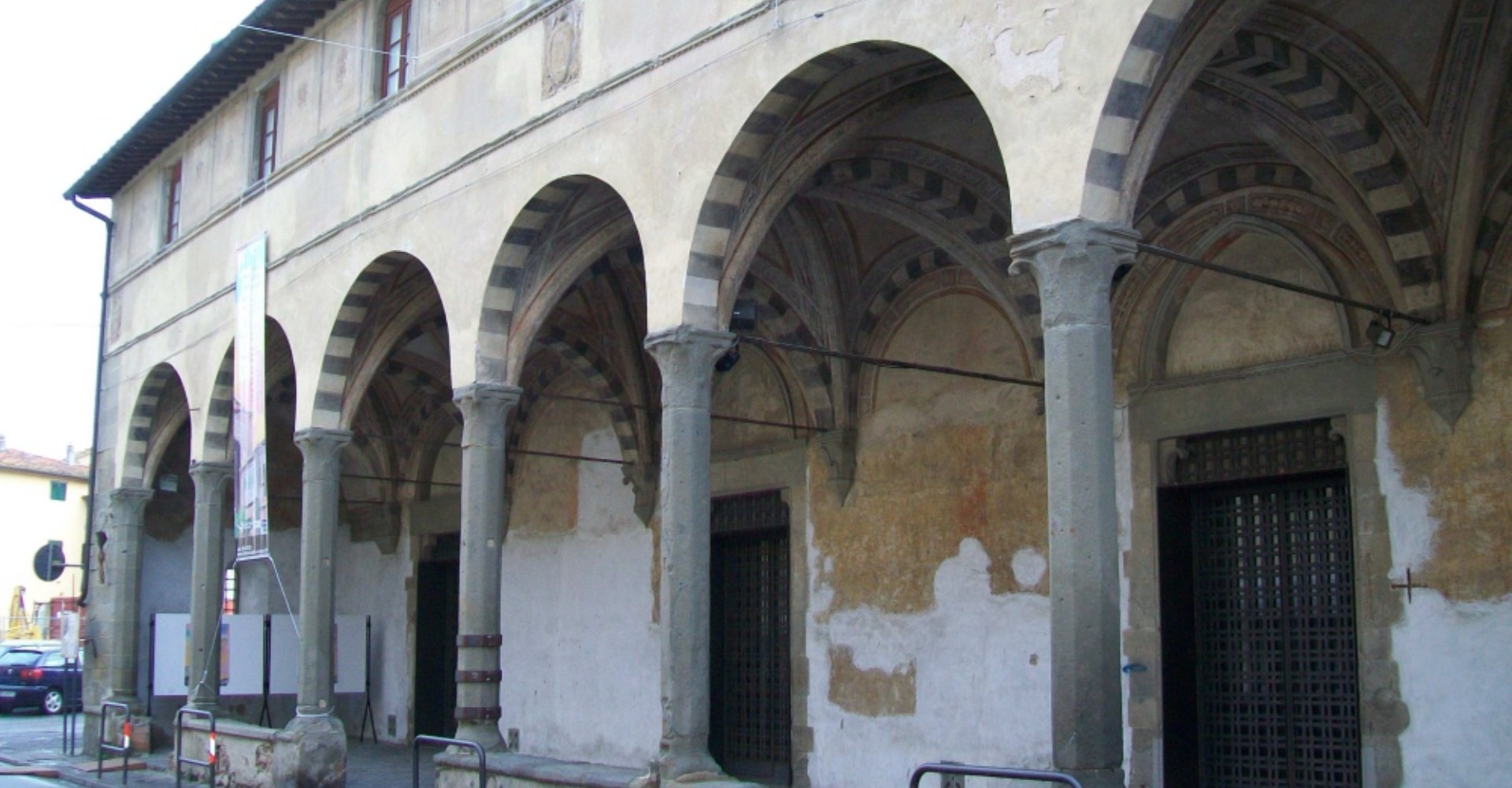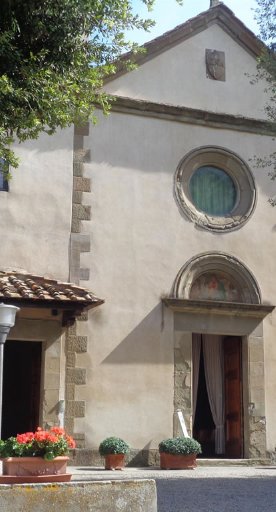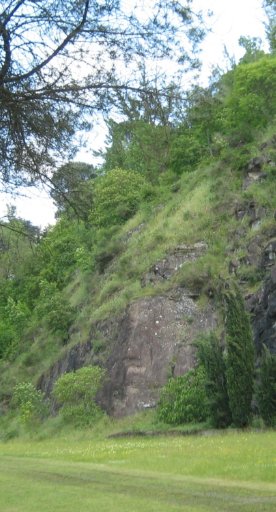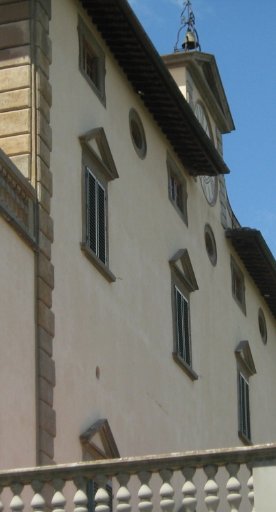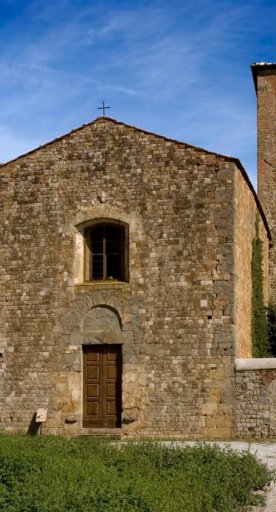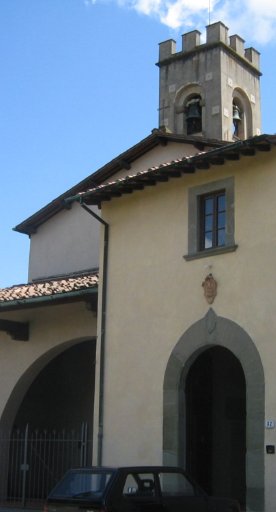Hospice of Sant’Antonio in Lastra a Signa
The history of a hospice for the poor and its transformation over the centuries
Similar to many religious institutions found along the main roads in Italy, the Hospice of Sant'Antonio in Lastra a Signa was built thanks to the support of a benefactor, in this case, Francesco di Leccio from San Miniato who requested in his will in 1411 that a hospice for the poor be built, one that was “not connected to any church or chapel”, in the small town on the banks of the Arno river.
While it is accepted that the building, located in the historic centre of Lastra a Signa, was established during the first decades of the 15th century by the Silk Guild, executors of the will, little more is known of the building’s construction, which has led some to believe the legend that the hospice is the work of the great Brunelleschi, a theory that has never been denied nor confirmed.
The loggiato, or “exterior gallery” of the building consists of seven arches supported by stone columns which provided shelter for poor wayfarers. Inside, under the grand arched ceiling of the halls, they could also find sanctuary in the form of a piece of bread and a bed for the night.
Over the centuries that followed, the function of the hospice changed several times resulting in alterations to its original structure, including the loss of a grand staircase that led to the upper floor.
By the mid-17th century, the building was being used as an agricultural warehouse and shed. Towards the end of the 18th century, the building was used by merchants travelling through Lastra a Signa for business, as well as a grain store. In 1828 the left-hand salon became a theatre and a few years later was used to host the local elections. During the 20th century, Sant’Antonio was repurposed as a cinema and housed the National Association of War Veterans and Repatriated Soldiers (ANCR).
Today the ancient hospice belongs to the municipality of Lastra a Signa and, following restoration work, hosts a number of exhibitions and cultural events throughout the year.
